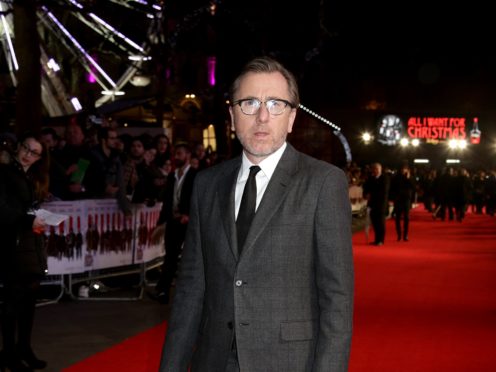Tim Roth has revealed he drinks too much and his war veteran father became an alcoholic following trauma and abuse.
The Oscar-nominated actor has said that his father used alcohol to deal with his war experiences and childhood sexual abuse.
Roth had previously revealed in a 2016 interview that both he and his father Ernie were abused by his paternal grandfather.
The lead in drama series Tin Star, in which he pays an alcohol-fuelled policeman, has said that his father suffered a harrowing stint as a rear gunner in British bombers in the Second World War, and used drink to deal with the trauma.
Roth said he and his family dealt with his father’s alcohol abuse “well or badly”, and admitted “I drink too much.”
Speaking of his father, the actor said: “My dad was an alcoholic.
Tim Roth, Genevieve O'Reilly, Abigail Lawrie, John Lynch and exec producer Alison Jackson take to the stage. #TinStar pic.twitter.com/lPpNIfS1Nn
— Tin Star (@tinstartv) January 10, 2019
“He was in the Second World War, he was a rear gunner in bombers for the entirety of the war, they were the first person you would try to kill.
“So that’s how he dealt with it.
“And he was also an abuse victim, on another level, so he had a lot going on.
“You know, PTSD wasn’t a collection of letters at that point.
“That’s how he dealt with it. That’s how we grew up.
“We deal, or dealt, with it well or badly, or all rolled into one.”
Roth has said that, despite not having ambitions to be an actor when young, preferring to become a painter, he was inspired by a schoolteacher to delve into performance, and has found therapy in acting.
The star of Pulp Fiction and Reservoir Dogs, and Oscar-nominated supporting actor in Rob Roy, said of his craft: “I love it, and it is probably very therapeutic.
“Although sometimes it makes you want to blow your brains out.”
In Tin Star Roth plays and alcoholic ex-undercover agent, Jim Worth, who in the grip of alcohol becomes Jack Devlin, an alter-ego capable of extreme violence.
